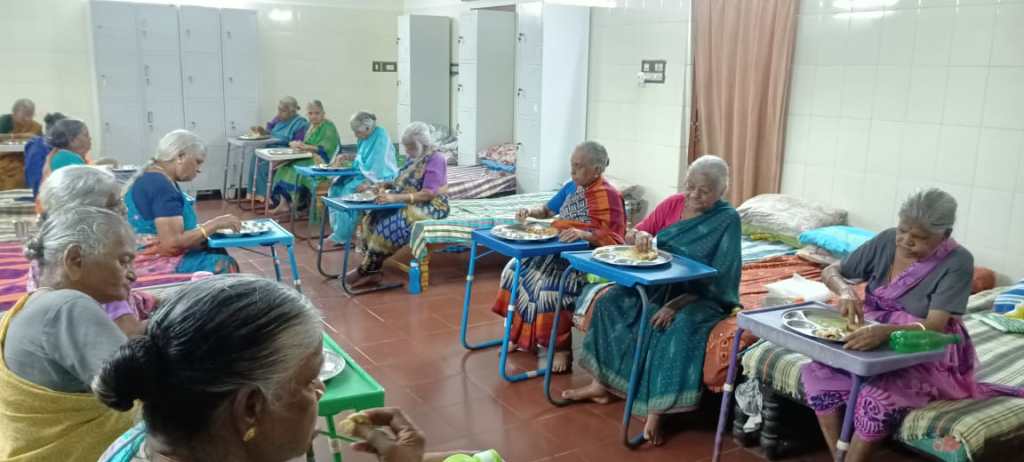
You want your loved one to feel better as they near the end. End-of-life in home care helps you meet these needs. Talking about the wishes of your loved one can help them understand their situation and put a perspective on dying. The patient wants to participate in the decisions, regardless of whether they wish to or not. After all, they will appreciate the fact that you are respecting their wishes.
Comfort
One of the main benefits of comfort in end-of-life care is the ability to say good bye. Many people regret not having the chance to say goodbye in the final moments. Talking to family members about your loved one's life can be a great source of comfort. Hearing is the most vulnerable sense, so it's important to have loved ones nearby to help ease some of the pain.

Dignity
The concept of dignity is often analyzed as an abstract principle and is not rooted in actual practices. It may be universal and inherent, but it must be substantiated in care practices and situations to be a worthwhile consideration. It is important to remember several key points when trying to ensure dignity in home care. Let's look at some of these issues. Below are key themes that will help us reach a higher level patient and family satisfaction.
Social support
Hospices take a holistic approach to caring and consider the social context. Social support can be defined as the help a person receives from others. Social support for hospice patients means the ability to interact with others, maintain self-esteem and participate in group activities. However, research has not been done on the effects of hospice social supports. Mixed methods will be used in this study to explore the effect of hospice social support upon patients and their families.
Medicaid
In New York, Medicaid long-term care programs serve 247,000 beneficiaries a month, accounting for about one-quarter of Medicaid spending. This report gives a comprehensive overview of each program using September 2007 as an example. This report highlights the major challenges Medicaid faces in delivering high-quality care. This article discusses the issues you should keep in mind when applying for Medicaid for end-of-life in home care. This article discusses eligibility and the requirements of the program.

Care homes
In-home care is a great option for end-of-life care. In-home care allows the person to be in their own home, with access to their family and friends. In addition, caregivers are able to provide more personal care than if they were in hospital. Assisting patients with their daily needs can be done by visiting nurses. Many services for end-of-life care offer the support needed to assist patients with daily living activities.